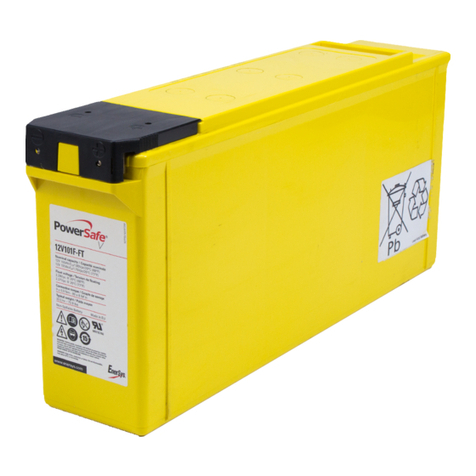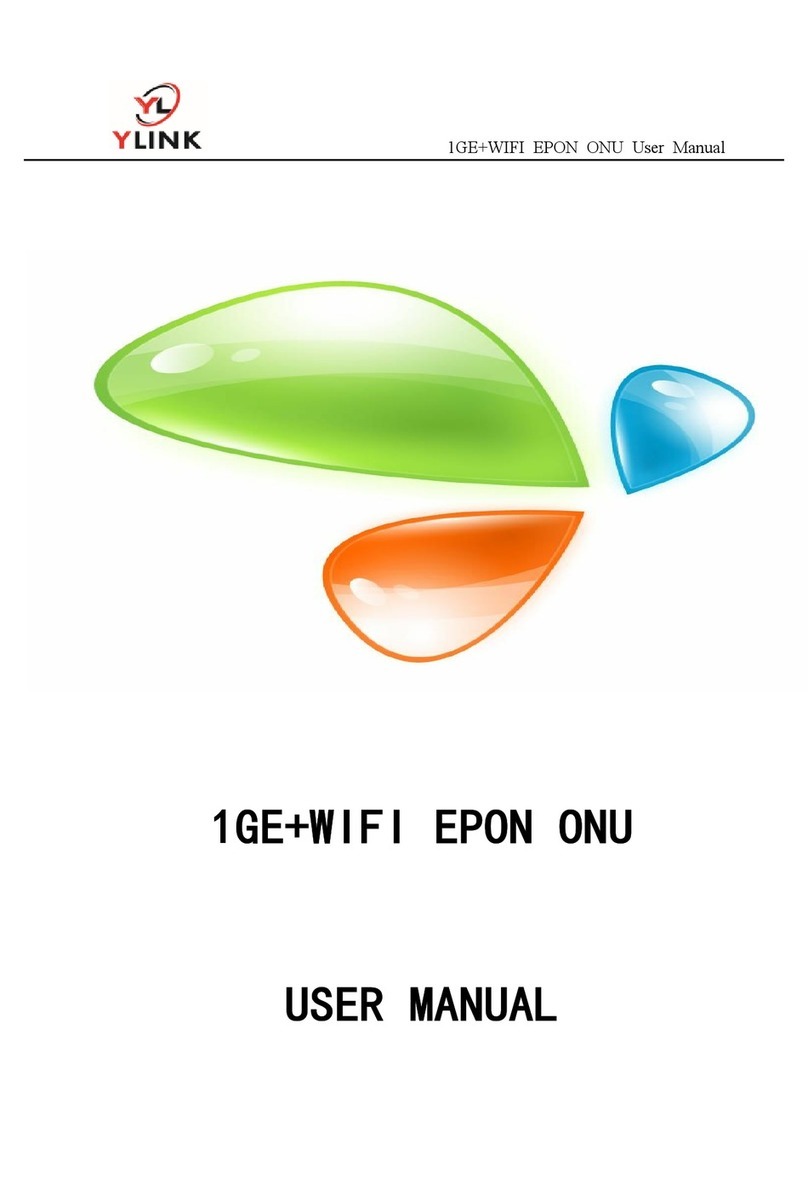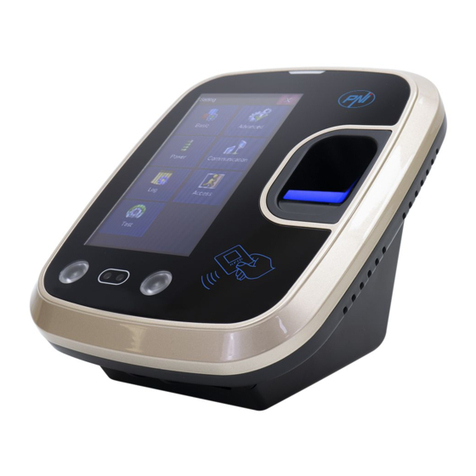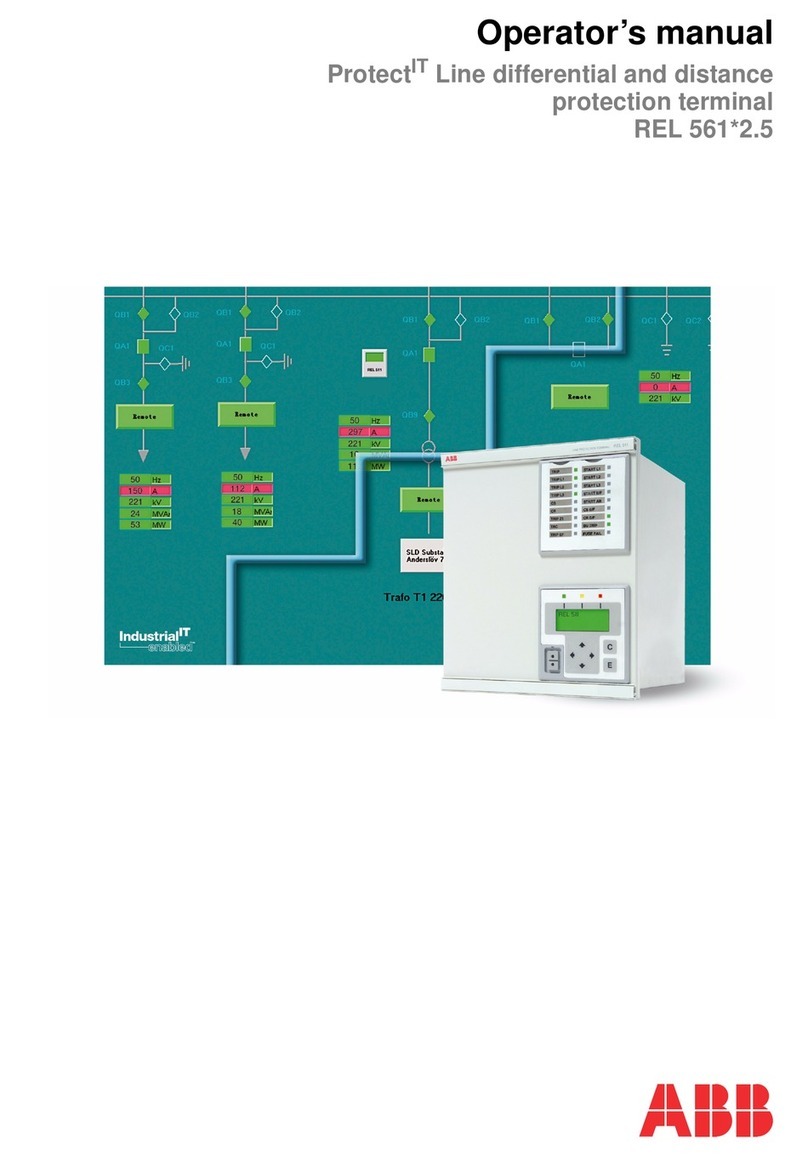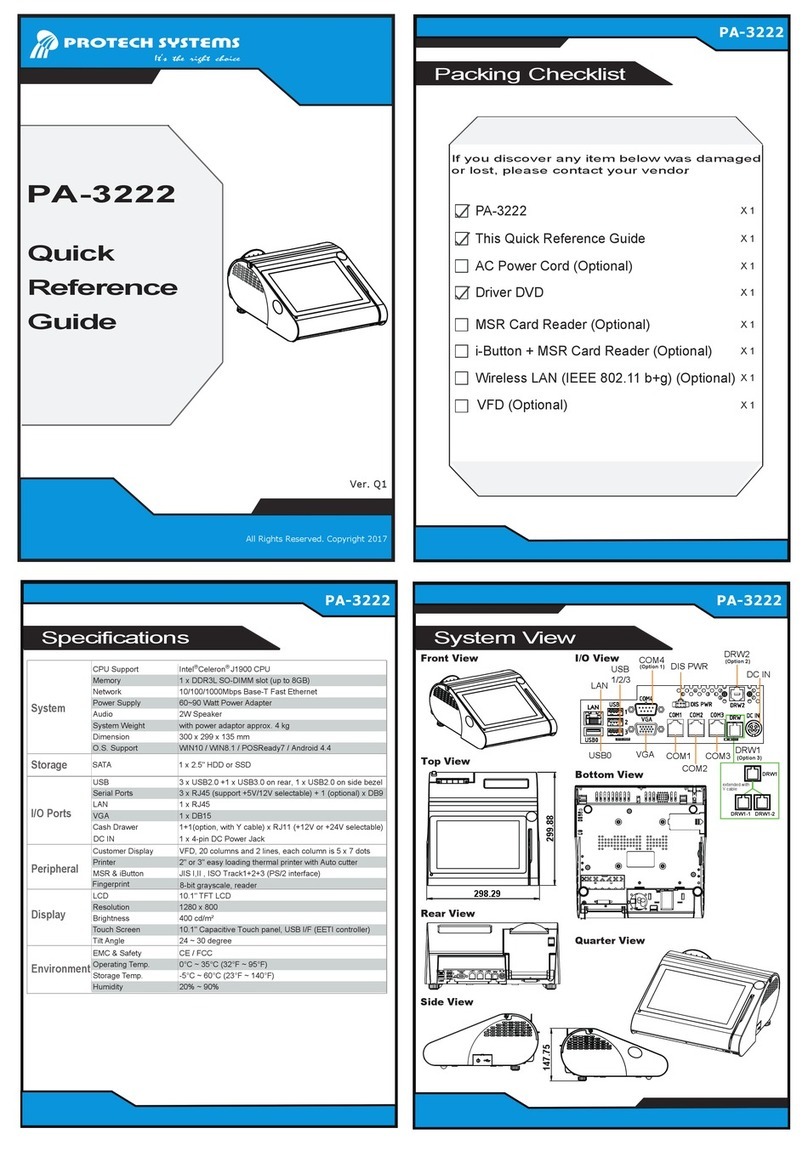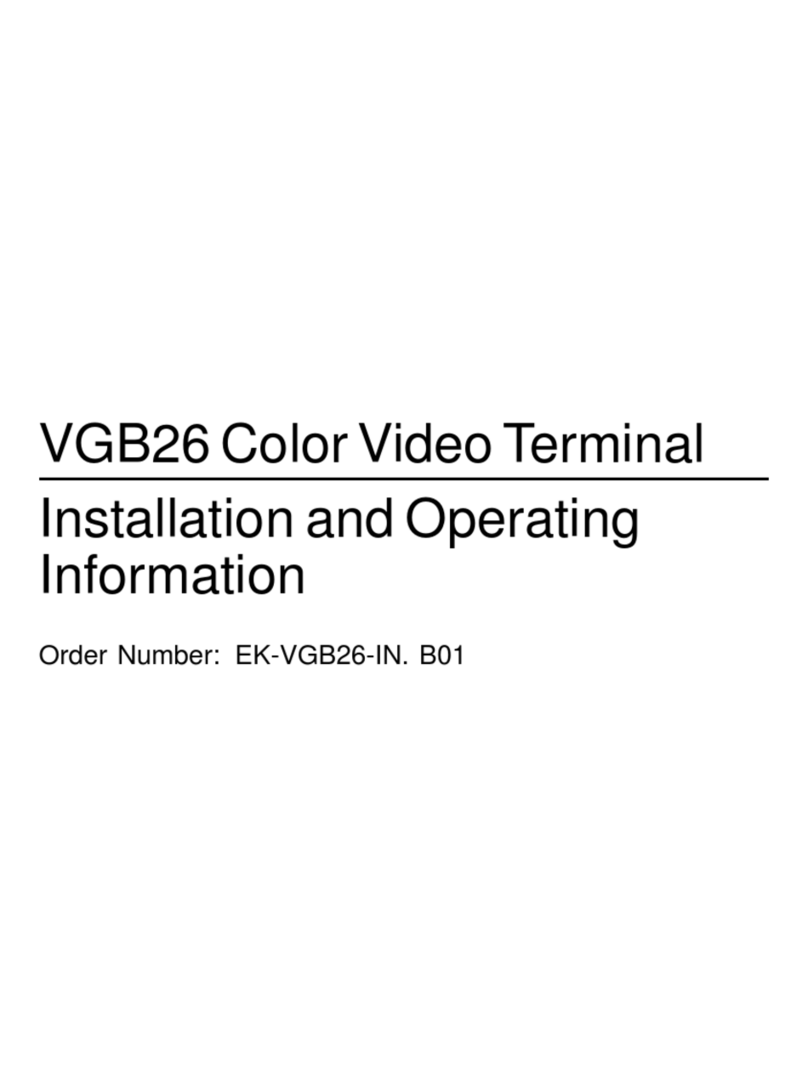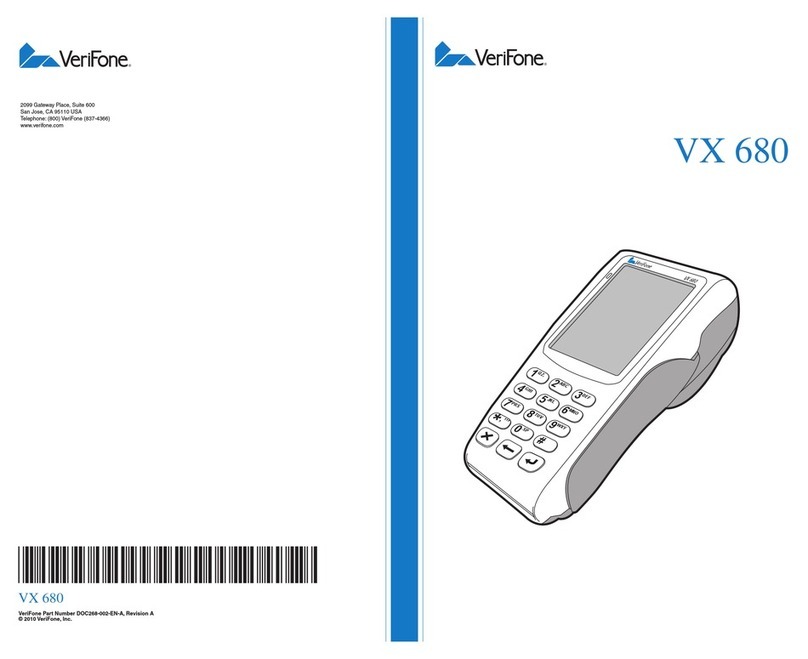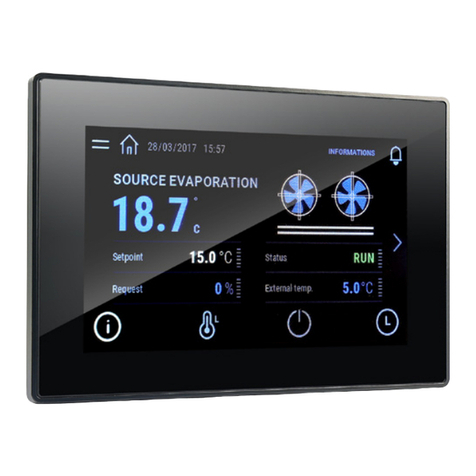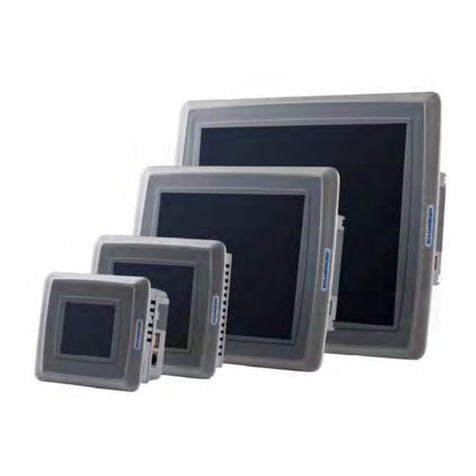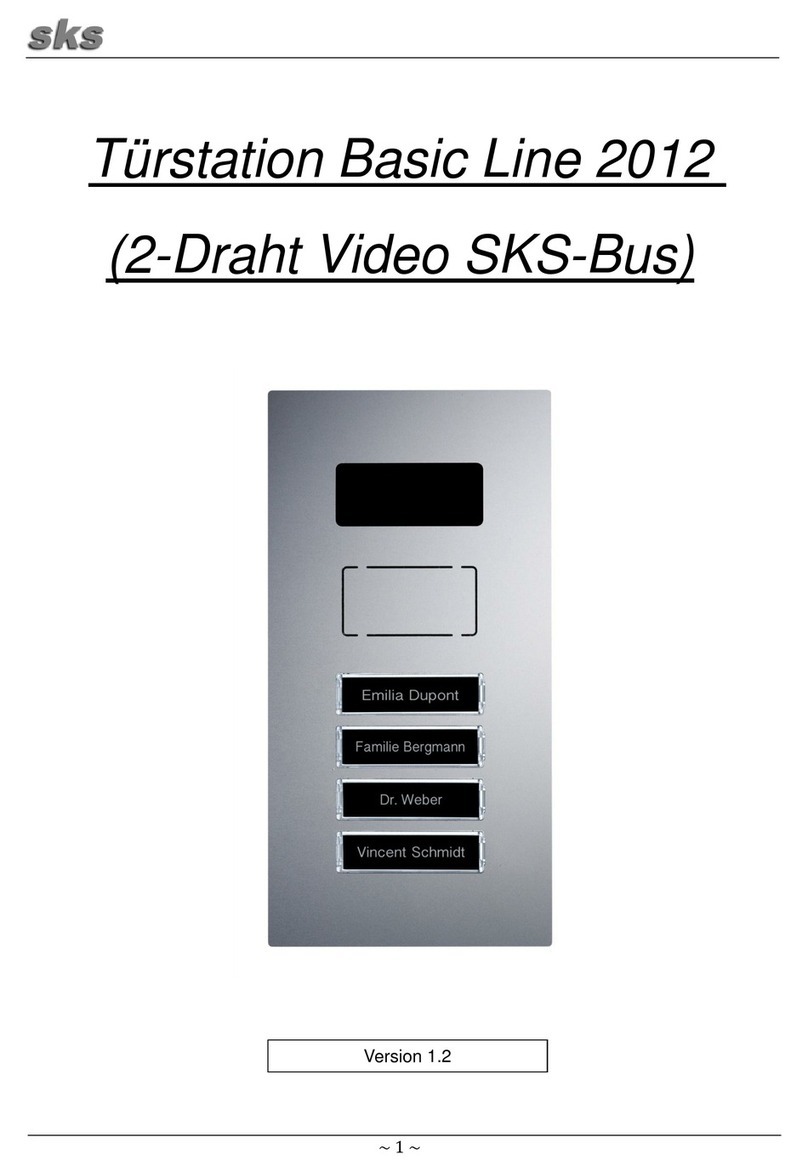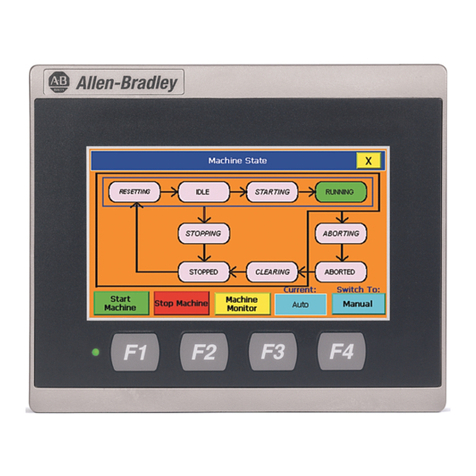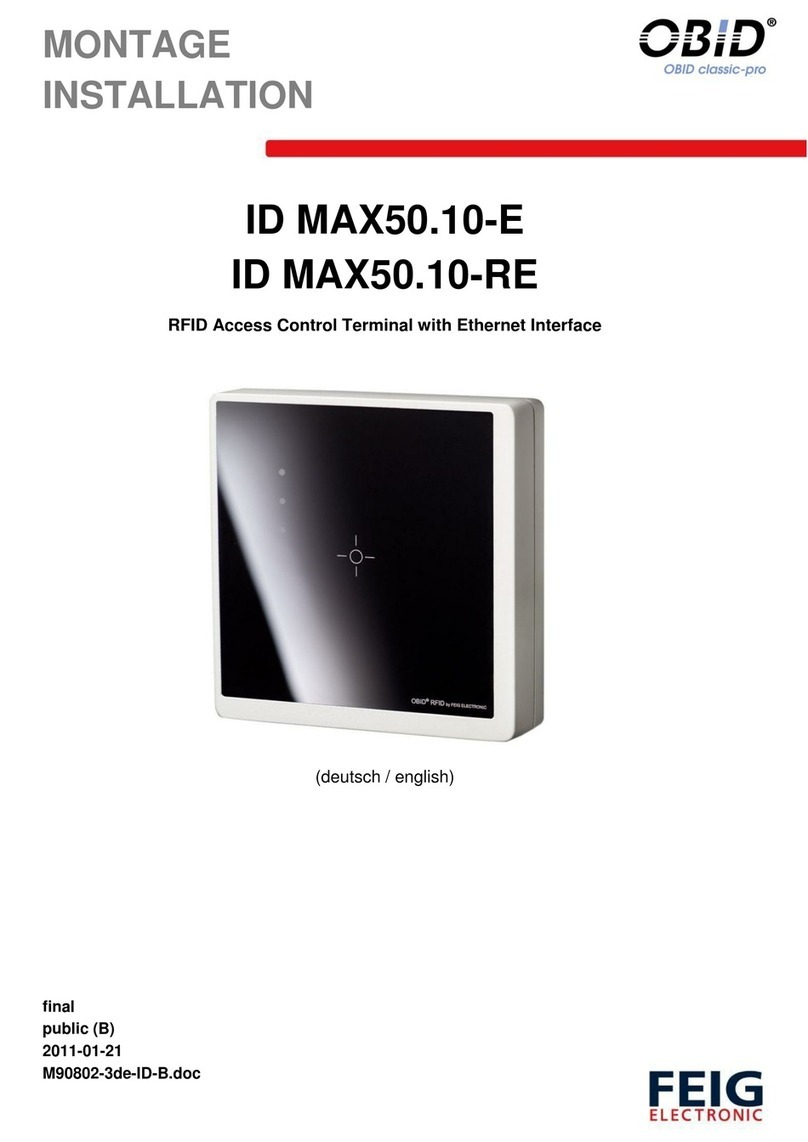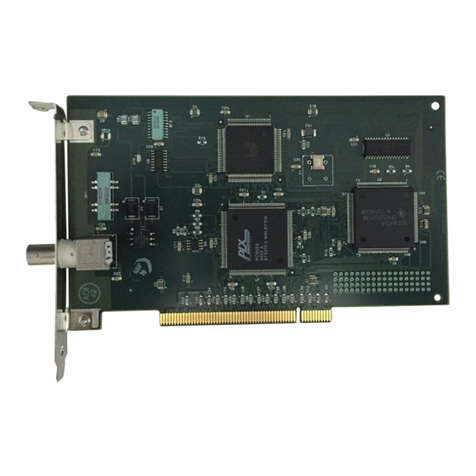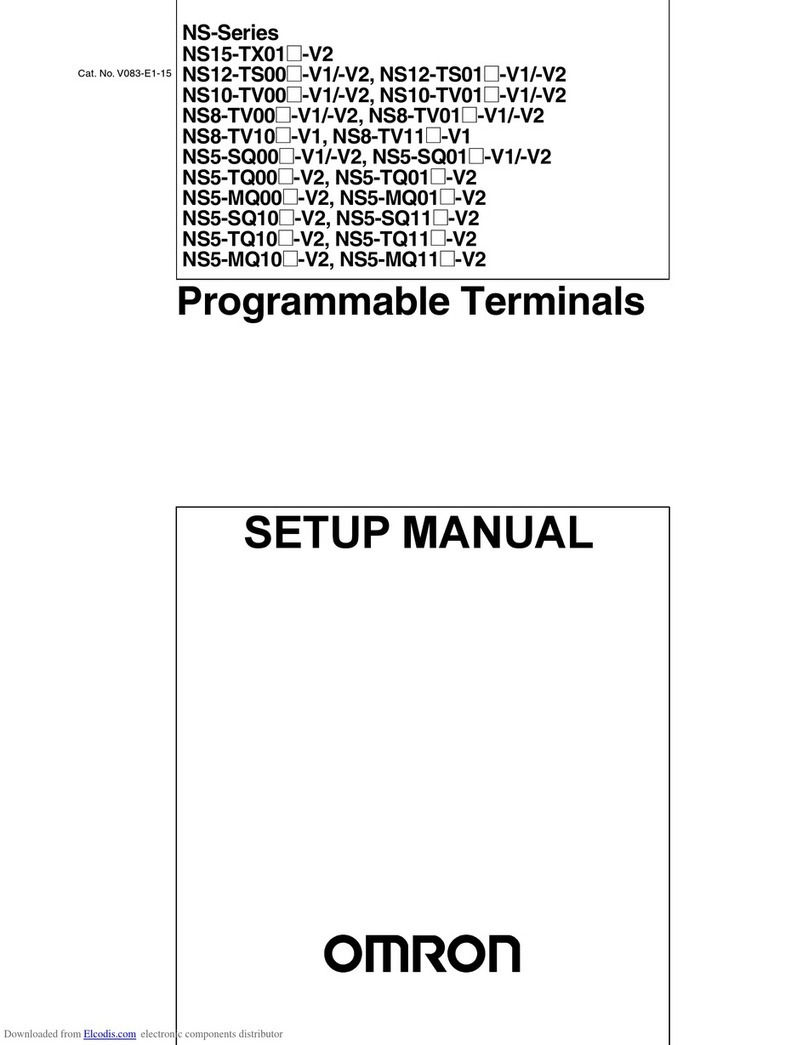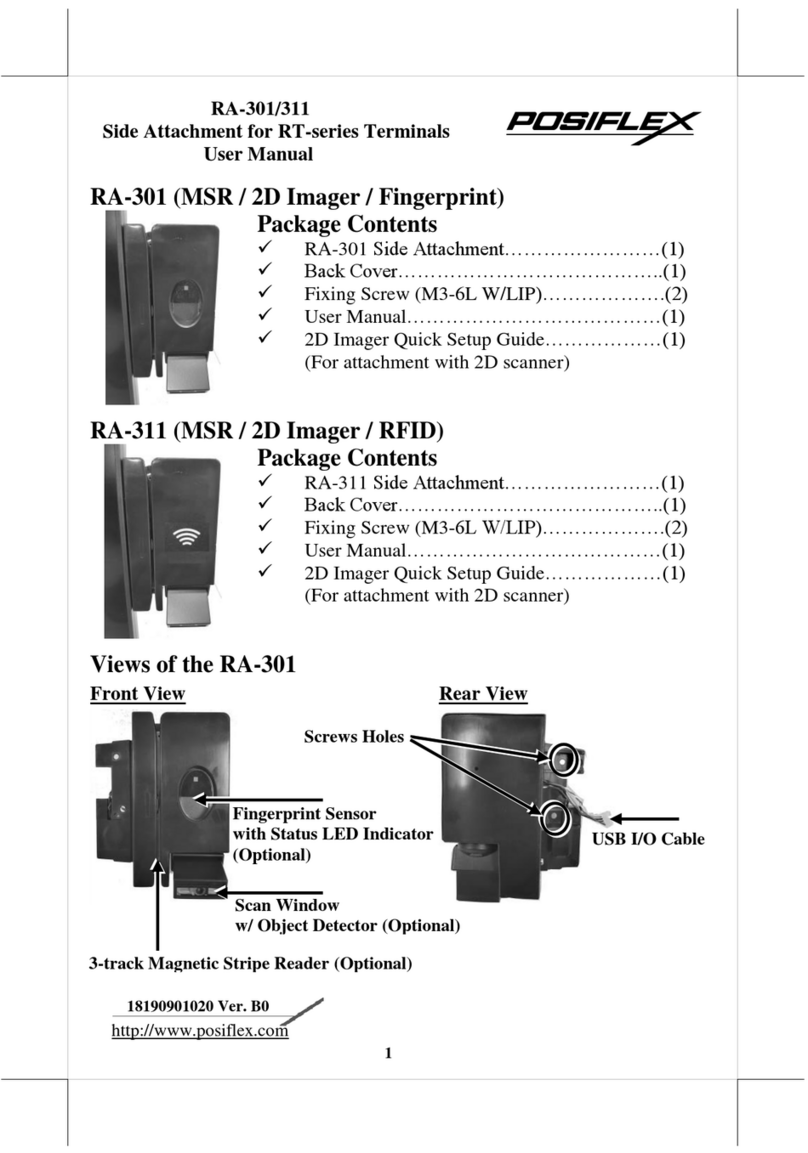EnerSys SuperSafe T User manual

Installation, Operations
and Maintenance
Manual
Visit us at www.enersys.com
T
P

Handling
SuperSafe®T batteries are supplied in a fully charged
state and must be unpacked carefully to avoid very high
short-circuit currents between terminals of opposite
polarity. Use lifting hooks compatible with the plastic
handles on the cell/monobloc.
English
Important
Please read this manual immediately on receipt of battery before unpacking and installing. Failure to comply with these instructions will render any warranties null and
void.
Care for your safety
2
Unpacking
It is advisable to unpack all the cells or monoblocs and accessories before
commencing to erect and not to unpack and erect cell by cell.
All cells/units should be handled carefully, as the plastic container can be
damaged or broken if allowed to fall. Under no circumstances should they be
lifted by their terminal pillars.
All items should be carefully checked against the accompanying advice notes to
ascertain if any are missing and also inspected to see whether any are damaged
or broken. Should this happen the Sales Department should be consulted.
Transit insulation covers are tted to one pole or a one rigid plastic insulating
cover is provided which totally protects the unit terminals. These are factory tted
to all products of the range and there is no need to remove them until access to
the terminals is required.
Storage
Store the batteries in a dry, clean and preferably cool location.
As the batteries are supplied charged, storage time is limited. In order to easily
charge the batteries after prolonged storage, it is advised not to store batteries for
more than:
• 6 months at 20°C
• 3 months at 30°C
• 1.5 month at 40°C
A refreshing charge shall be performed after this time at 2.27-2.30Vpc at 20°C for 48 to
96 hours. A current limit is not essential, but for optimum charge eciency the current
output of the charger can be limited to 10% of the 3 hour capacity rating. The necessity
of a refreshing charge can also be determined by measuring the open circuit voltage
of a stored battery. Refreshing charge is advised if the voltage drops below 2.10Vpc.
Failure to observe these conditions may result in greatly reduced capacity and service
life.
Installation
Install batteries in a clean and dry area. SuperSafe T battery products release
minimal amounts of gas during normal operation (gas recombination eciency
≥ 95%). Batteries must be installed in accordance with national standards
(for instance EN 50272-2), otherwise in accordance with the manufacturer’s
instructions.
nTemperature
Avoid placing the battery in a hot place or in front of a window.
The battery will give the best performance and service life when working at
a temperature between 20°C and 25°C. The usual operating temperature is
between -10°C and +45°C. Limits are comprised between -30°C and +45°C.
nVentilation
Under normal conditions gas release is very low and natural ventilation is
sucient for cooling purposes and inadvertent overcharge, enabling SuperSafe T
batteries to be used safely in oces and with main equipment.
However care must be taken to ensure adequate ventilation when placed in
cabinets. Batteries must not be placed in close cabinets.
nMounting
Enersys®battery racks or cabinets are recommended when installing the cells.
Assemble the rack according to instructions. Place the battery blocks or cells
on the rack and arrange the positive and the negative terminals for connection
according to the wiring diagram. Check that all contact surfaces are clean and
apply the block or cell connectors and the terminal screws. Tighten the screws
securely. Finally connect the battery terminals. It is important that the battery is
mounted rmly.
nTorque
Tighten the nuts or bolts to the recommended levels of fastening torque as
specied on the product label. A loose connector can cause problems in charger
adjustment, erratic battery performance, possible damage to the battery and/or
personal injury. Finally x the connector covers.
Cell strings connected in parallel
Using constant voltage chargers and ensuring that the connections made
between the charger and the batteries have the same electrical resistance, no
special arrangements have to be made for batteries in parallel.
Although no special circuit arrangements are required, where the parallel
connection is made at the charger or distribution board, to avoid out of step
conditions, the bus bar run length and the area of cross section should be
designed so that the circuit resistance value for each of the strings is equal within
limits ± 5%.
Keep ames away
In case of accidental overcharge a ammable gas can
leak o the safety vent.
Discharge any possible static electricity from clothes by
touching an earth connected part.
Tools
Use tools with insulated handles.
Do not place or drop metal objects on the battery.
Remove rings, wristwatch and articles of clothing with
metal parts that may come into contact with the battery
terminals.
No smoking, no naked ames, no sparks Shield eyes Read instructions
Electrical hazard Danger Re-cycle scrap batteries.
Contains lead
Electrolyte is corrosive
Clean all acid splash in eyes or on skin with
plenty of clean water.
Then seek medical help.
Acid on clothing is to be washed with
water
Warning: Risk of re, explosion, or burns.
Do not disassemble, heat above 60ºC, or
incinerate. Avoid any short circuit. Metallic
parts under voltage on the battery, do not
place tools or items on top of the battery

Duty Minimum end voltage
5 min ≤ t ≤ 1h 1.65V
1h ≤ t ≤ 5h 1.70V
5h ≤ t ≤ 8h 1.75V
8h ≤ t ≤ 20h 1.80V
Temperature Float Voltage Recharging Voltage
0°C to 10°C 2.34Vpc 2.45Vpc
10°C to 20°C 2.31Vpc 2.40Vpc
20°C to 30°C 2.28Vpc 2.35Vpc
30°C to 40°C 2.25Vpc 2.30Vpc
Temperature Float voltage range per cell
0°C 2.33-2.36V
10°C 2.30-2.33V
20°C 2.27-2.30V
25°C 2.25-2.28V
30°C 2.24-2.27V
35°C 2.22-2.25V
40°C 2.21-2.24V
Voltage State of charge
2.14Vpc 100%
2.10Vpc 80%
2.07Vpc 60%
2.04Vpc 40%
2.00Vpc 20%
3
Charging
nCommissioning charge
Before use, the batteries should be charged at a constant charging voltage (with a
charging current limited to 0.1C10) with one of the following method:
• Charge during 96 hours with the oating voltage between 2.27 and 2.30Vpc
in ambient temperature range between 15 to 25°C.
• or charge with the 2.40Vpc boost charge voltage during minimum 24
to 48 hours maximum to reduce the commissioning charging period (the
battery will then be switched over to oat charging, maintain the battery
under oating voltage for 24 hours before any discharge test, see hereafter).
If the battery is to be subjected to a discharge test, in this case the test will be
performed imperatively after that the commissioning charge has been carried
out. Check that the battery is fully charged.
nFloat voltage
The recommended oat charge voltage is 2.28 volts per cell at 20°C.
Following a commission charge and after 6 months continuous charge at the
recommended oat voltage, individual cell voltages will stabilise within ±4.5% of the
mean applied voltage.
However, immediately following commissioning and for the initial 6 months of
continuous oat charge, individual cell voltage values outside the above tolerance
may be observed without adverse eect. There is no relationship between a cell’s oat
voltage and its discharge capacity. Cells are perfectly capable of giving their discharge
capacity even when outside the ±4.5% range.
After 6 months service, should any individual cell or monobloc show a continuing
reduction or increase in voltage outside the above limits over 3 successive monthly
periods, Enersys®should be contacted for advice.
When the average ambient temperature deviates more than ±5ºC from the reference
temperature (20°C), it is necessary to adjust the oat voltage as follows:
If the charger does not permit an adjustment of oat voltage in relation to the
temperature, it is possible to set a oat voltage value according to the temperature
ranges as indicated in the last table of this publication.
nCharging current
A discharged VRLA battery will accept a high recharge current, but for those
seeking a more economical charging system a current limit of 0.08 C10 : 0.1 C3(A) is
adequate.
nFast recharge
Increasing the charge voltage to 2.40Vpc with a current limited to 0.1 C10 : 0.125 C3
(A) can reduce recharge times. Fast charge should be stopped afterapproximately
10 to 15 hours. This charge regime, in order to achieve a normal service life, must
not be used more than once per month.
nFloat charge ripple
Excessive ripple on the D.C. supply across a battery has the eect of reducing life
and performance. It is therefore recommended that voltage regulation across the
system, including the load but without the battery connected, under steady state
conditions, shall be better than ±1% through 5% to 100% load.
nState of charge
The battery state of charge can be determined approximately by measuring the
open circuit voltage after the battery has been at rest for a minimum of 24 hours
at 20°C.
Discharging
SuperSafe®T batteries must not be left in a discharged condition after
supplying the load, but must immediately return to oat recharge mode.
Failure to observe these conditions may result in greatly reduced service life.
nAccidental deep discharging
For optimum operation the minimum voltage of the system should be related to
the duty as follows:
In order to protect the battery it is advisable to have system monitoring and low
voltage cut-out.
Deep discharge will produce a premature deteriation of the battery and a
noticeable reduction in the life expectancy of the battery.
nThe eect of temperature
- on capacity
Correction factors of the capacity, according to the temperature, are as follows:
Discharge
Time
0°C 5°C
10°C 15°C 20°C 25°C 30°C 35°C 40°C
5 mins to
59 mins
0.80 0.86 0.91 0.96 1 1.04 1.06 1.09 1.1
1h to 24h 0.86 0.90 0.94 0.97 1 1.03 1.05 1.06 1.07
- on life
Operation of valve regulated batteries at temperatures higher than 20°C will
reduce life expectancy. Life is reduced by 50% for every 10°C rise in
temperature.
Maintenance/Checks
SuperSafe®T are maintenance free, sealed, lead acid batteries and need no
water addition.
The containers and lids shall be kept dry and and free from dust. Cleaning must
be done only with a damp cotton cloth without man-made bres.
WARNING - Do NOT use any type of oil, solvent, detergent, petroleum-based
solvent or ammonia solution to clean the battery containers or lids. These
materials will cause permanent damage to the battery container and lid and will
invalidate the warranty.
Check monthly that total voltage at battery terminals is (N x 2.28 V) for a
temperature at 20°C. (N being the number of cells in the battery). Make annual
readings of the voltages of cells making up the battery.
Keep a logbook to record values, power outages, discharge tests, etc.
An autonomy control can be done once a year.
Technical
nData when charging with a constant voltage
If the charger does not permit an adjustment of the oat voltage in relation with
the temperature, it is possible to set a oat voltage value and a recharging
voltage value according to the temperature ranges as indicated in the table
below:
Open circuit voltage variation with temperature is 2.5mV per 10°C.

EnerSys World Headquarters
2366 Bernville Road, Reading,
PA 19605, USA
Tel: +1-610-208-1991 /
+1-800-538-3627
EnerSys EMEA
EH Europe GmbH
Baarerstrasse 18
6300 Zug
Switzerland
EnerSys Asia
152 Beach Road,
Gateway East Building #11-08,
Singapore 189721
Tel: +65 6416 4800
© 2022 EnerSys. All rights reserved. Trademarks and logos are the property of EnerSys and its afliates unless otherwise noted. Subject to revisions without prior notice. E.&O.E.
Publication No. APAC-EN-IOM-SS-T-TT-0722
Contact:
Other EnerSys Touch Terminal manuals
